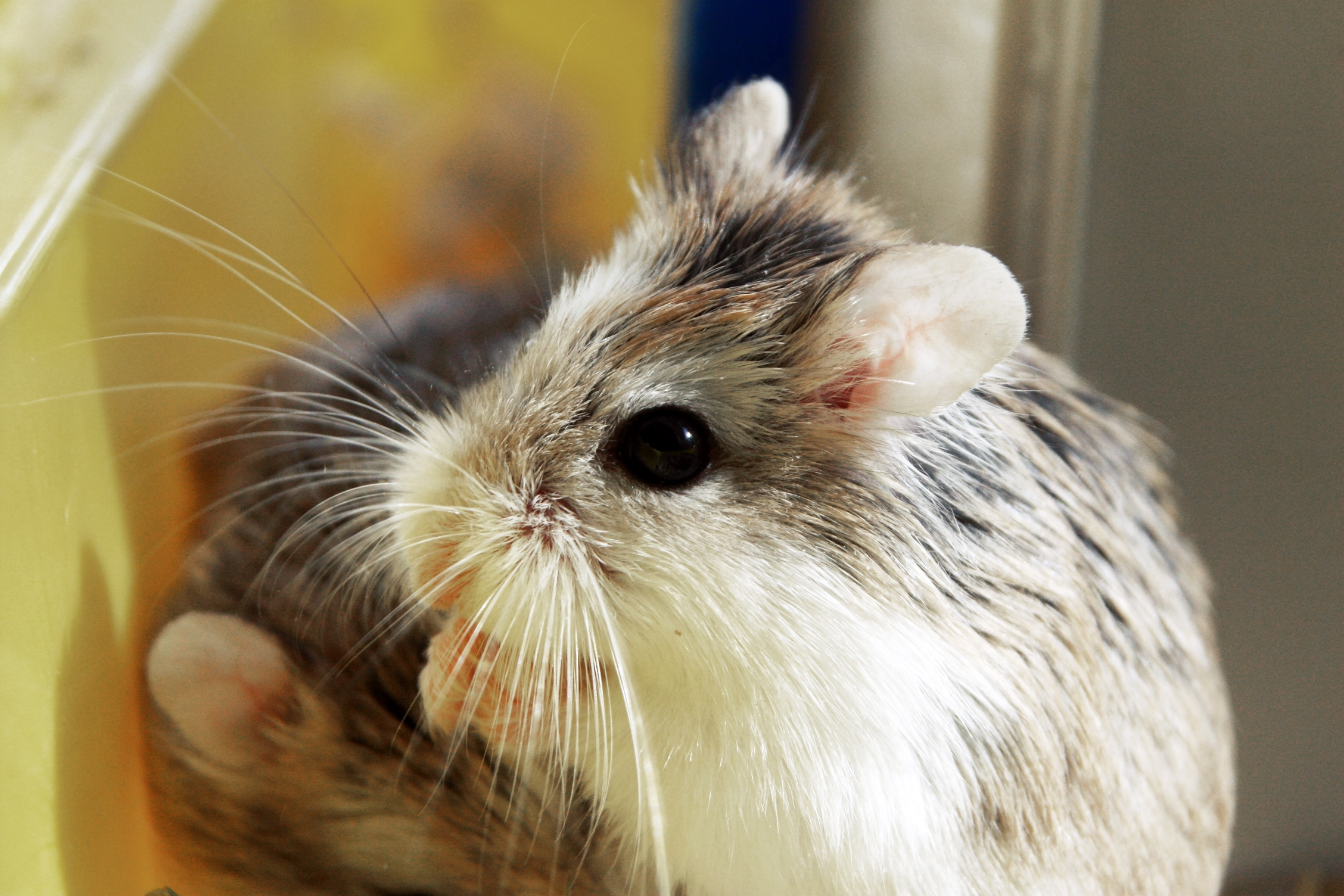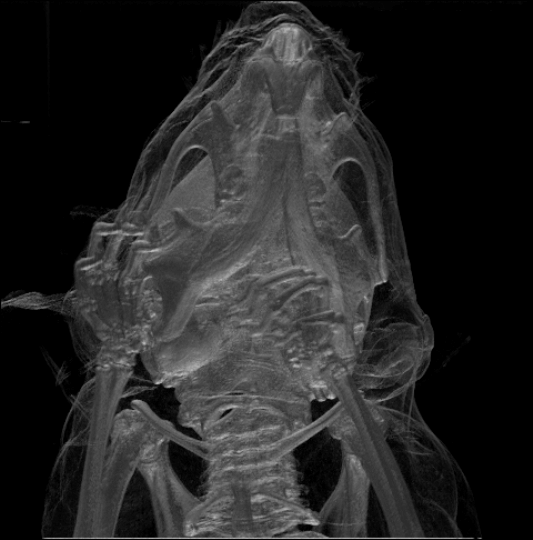|
Geoxus
''Geoxus'' is a genus of South American rodents in the tribe Abrotrichini of family Cricetidae. Two species—''Geoxus valdivianus'' and ''Geoxus annectens ''Geoxus annectens'', also known as Pearson's long-clawed akodont or Pearson's long-clawed mouse, is a species of rodent in the tribe Abrotrichini of family Cricetidae. Molecular data suggests that its closest relative is ''Geoxus valdivianus''. ...'' are known. References * Musser, G.G. and Carleton, M.D. 2005. Superfamily Muroidea. Pp. 894–1531 in Wilson, D.E. and Reeder, D.M. (eds.)Mammal Species of the World: a taxonomic and geographic reference. 3rd ed Baltimore: The Johns Hopkins University Press, 2 vols., 2142 pp. Rodent genera Taxa named by Oldfield Thomas Taxonomy articles created by Polbot {{Sigmodontinae-stub ... [...More Info...] [...Related Items...] OR: [Wikipedia] [Google] [Baidu] |
Geoxus Valdivianus
''Geoxus valdivianus'', also known as the long-clawed mole mouse or Valdivian long-clawed akodont, is a species of rodent in the tribe Abrotrichini of family Cricetidae found in the Valdivian temperate rain forests and Magellanic subpolar forests of Argentina and Chile. It is one of two species in the genus Geoxus. Description The long-clawed mole mouse is a small shrew-like mammal with a short tail and a total length of about . The body is spindle-shaped, enabling this mouse to move and turn in confined spaces. The pelage is short and velvety, dark olive-brown to black, sometimes tinged with reddish brown. The snout is pointed, the eyes small and the ears tiny. The feet are large, the claws being larger than the digits. Distribution and habitat This species is endemic to the southern tip of South America. Its range extends from southern Argentina and central Chile, including Mocha Island and Chiloé Island, to the Strait of Magellan. Its habitat is the forests of ''Nothofagus'' ... [...More Info...] [...Related Items...] OR: [Wikipedia] [Google] [Baidu] |
Geoxus Annectens
''Geoxus annectens'', also known as Pearson's long-clawed akodont or Pearson's long-clawed mouse, is a species of rodent in the tribe Abrotrichini of family Cricetidae. Molecular data suggests that its closest relative is ''Geoxus valdivianus''. Formerly classified in its own genus, ''Pearsonomys'', named after American zoologist Oliver Payne Pearson, it was moved to ''Geoxus'' in 2016 after a morphological and genetic reevaluation of the tribe Abrotrichini. This rodent is endemic to Chile, where it is found in ''Nothofagus'' forest of the Valdivian temperate rainforest ecoregion. References Geoxus Mammals described in 1992 Endemic fauna of Chile {{Sigmodontinae-stub ... [...More Info...] [...Related Items...] OR: [Wikipedia] [Google] [Baidu] |
Abrotrichini
Abrotrichini, also known as the Andean clade or southern Andean clade,Musser and Carleton, 2005, p. 1087 is a tribe of rodents in the subfamily Sigmodontinae.D'Elía et al., 2007, p. 188 It includes about fifteen species in four genera,Musser and Carleton, 2005 distributed in South America from southern Peru to southernmost South America, including the Patagonian steppes. The earliest known fossils are from the Pliocene of Argentina. Taxonomy Abrotrichines were universally placed in the tribe Akodontini until the 1990s, and some were even classified within the genus ''Akodon''. Allozyme studies in the early 1990s first provided evidence for their distinction from Akodontini, and in 1999 a study analyzing sequences of the mitochondrial cytochrome ''b'' gene found further evidence for the distinction between Akodontini and this group and proposed the name Abrotrichini for the latter.Smith and Patton, 1999, p. 106 The name Abrotrichini remained formally unavailable un ... [...More Info...] [...Related Items...] OR: [Wikipedia] [Google] [Baidu] |
Oldfield Thomas
Michael Rogers Oldfield Thomas (21 February 1858 – 16 June 1929) was a British zoologist. Career Thomas worked at the Natural History Museum on mammals, describing about 2,000 new species and subspecies for the first time. He was appointed to the museum secretary's office in 1876, transferring to the zoological department in 1878. In 1891, Thomas married Mary Kane, daughter of Sir Andrew Clark, heiress to a small fortune, which gave him the finances to hire mammal collectors and present their specimens to the museum. He also did field work himself in Western Europe and South America. His wife shared his interest in natural history, and accompanied him on collecting trips. In 1896, when William Henry Flower took control of the department, he hired Richard Lydekker to rearrange the exhibitions, allowing Thomas to concentrate on these new specimens. Thomas viewed his taxonomy efforts from the scope of British imperialism. "You and I in our scientific lives have seen the ... [...More Info...] [...Related Items...] OR: [Wikipedia] [Google] [Baidu] |
South America
South America is a continent entirely in the Western Hemisphere and mostly in the Southern Hemisphere, with a relatively small portion in the Northern Hemisphere at the northern tip of the continent. It can also be described as the southern Subregion#Americas, subregion of a single continent called Americas, America. South America is bordered on the west by the Pacific Ocean and on the north and east by the Atlantic Ocean; North America and the Caribbean Sea lie to the northwest. The continent generally includes twelve sovereign states: Argentina, Bolivia, Brazil, Chile, Colombia, Ecuador, Guyana, Paraguay, Peru, Suriname, Uruguay, and Venezuela; two dependent territory, dependent territories: the Falkland Islands and South Georgia and the South Sandwich Islands; and one administrative division, internal territory: French Guiana. In addition, the ABC islands (Leeward Antilles), ABC islands of the Kingdom of the Netherlands, Ascension Island (dependency of Saint Helena, Asce ... [...More Info...] [...Related Items...] OR: [Wikipedia] [Google] [Baidu] |
Rodent
Rodents (from Latin , 'to gnaw') are mammals of the Order (biology), order Rodentia (), which are characterized by a single pair of continuously growing incisors in each of the upper and lower jaws. About 40% of all mammal species are rodents. They are native to all major land masses except for New Zealand, Antarctica, and several oceanic islands, though they have subsequently been introduced to most of these land masses by human activity. Rodents are extremely diverse in their ecology and lifestyles and can be found in almost every terrestrial habitat, including human-made environments. Species can be arboreal, fossorial (burrowing), saltatorial/richochetal (leaping on their hind legs), or semiaquatic. However, all rodents share several morphological features, including having only a single upper and lower pair of ever-growing incisors. Well-known rodents include Mouse, mice, rats, squirrels, prairie dogs, porcupines, beavers, guinea pigs, and hamsters. Rabbits, hares, and ... [...More Info...] [...Related Items...] OR: [Wikipedia] [Google] [Baidu] |
Cricetidae
The Cricetidae are a family of rodents in the large and complex superfamily Muroidea. It includes true hamsters, voles, lemmings, muskrats, and New World rats and mice. At almost 608 species, it is the second-largest family of mammals, and has members throughout the Americas, Europe and Asia. Characteristics The cricetids are small mammals, ranging from just in length and in weight in the New World pygmy mouse up to and in the muskrat. The length of their tails varies greatly in relation to their bodies, and they may be either furred or sparsely haired. The fur of most species is brownish in colour, often with a white underbelly, but many other patterns exist, especially in the cricetine and arvicoline subfamilies. Like the Old World mice, cricetids are adapted to a wide range of habitats, from the high Arctic to tropical rainforests and hot deserts. Some are arboreal, with long balancing tails and other adaptations for climbing, while others are semiaquatic, ... [...More Info...] [...Related Items...] OR: [Wikipedia] [Google] [Baidu] |
Rodent Genera
Rodents (from Latin , 'to gnaw') are mammals of the order Rodentia (), which are characterized by a single pair of continuously growing incisors in each of the upper and lower jaws. About 40% of all mammal species are rodents. They are native to all major land masses except for New Zealand, Antarctica, and several oceanic islands, though they have subsequently been introduced to most of these land masses by human activity. Rodents are extremely diverse in their ecology and lifestyles and can be found in almost every terrestrial habitat, including human-made environments. Species can be arboreal, fossorial (burrowing), saltatorial/richochetal (leaping on their hind legs), or semiaquatic. However, all rodents share several morphological features, including having only a single upper and lower pair of ever-growing incisors. Well-known rodents include mice, rats, squirrels, prairie dogs, porcupines, beavers, guinea pigs, and hamsters. Rabbits, hares, and pikas, whose ... [...More Info...] [...Related Items...] OR: [Wikipedia] [Google] [Baidu] |
Taxa Named By Oldfield Thomas
In biology, a taxon ( back-formation from '' taxonomy''; plural taxa) is a group of one or more populations of an organism or organisms seen by taxonomists to form a unit. Although neither is required, a taxon is usually known by a particular name and given a particular ranking, especially if and when it is accepted or becomes established. It is very common, however, for taxonomists to remain at odds over what belongs to a taxon and the criteria used for inclusion. If a taxon is given a formal scientific name, its use is then governed by one of the nomenclature codes specifying which scientific name is correct for a particular grouping. Initial attempts at classifying and ordering organisms (plants and animals) were set forth in Carl Linnaeus's system in ''Systema Naturae'', 10th edition (1758), as well as an unpublished work by Bernard and Antoine Laurent de Jussieu. The idea of a unit-based system of biological classification was first made widely available in 1805 in the ... [...More Info...] [...Related Items...] OR: [Wikipedia] [Google] [Baidu] |




